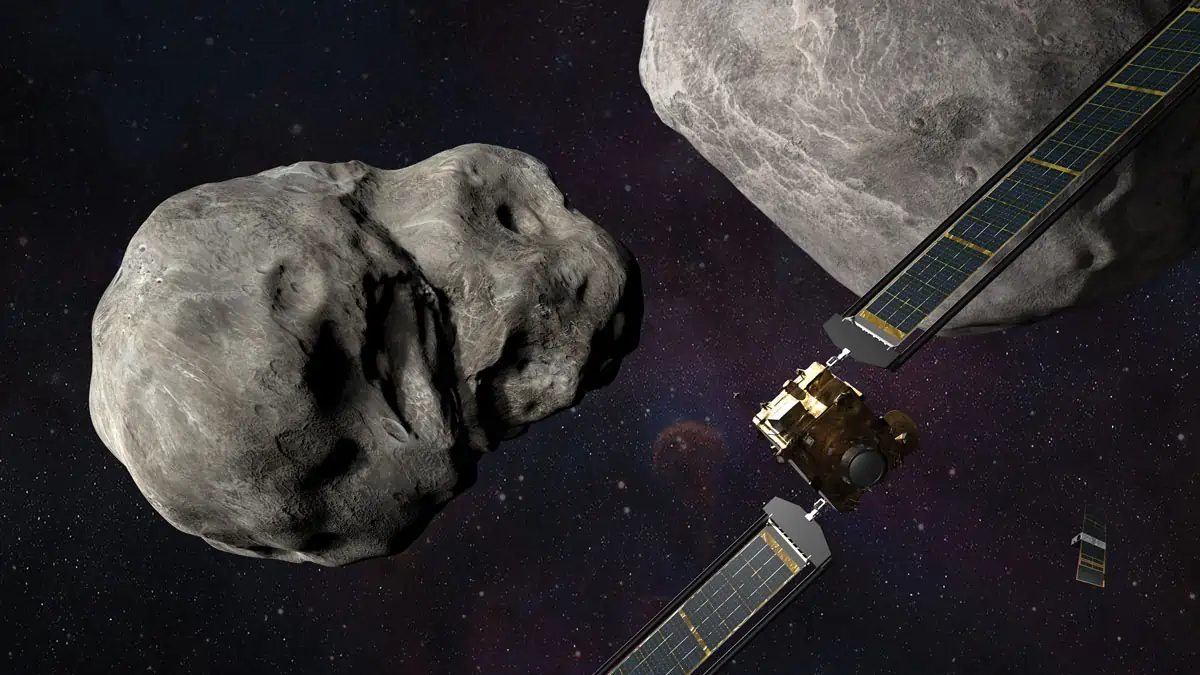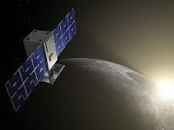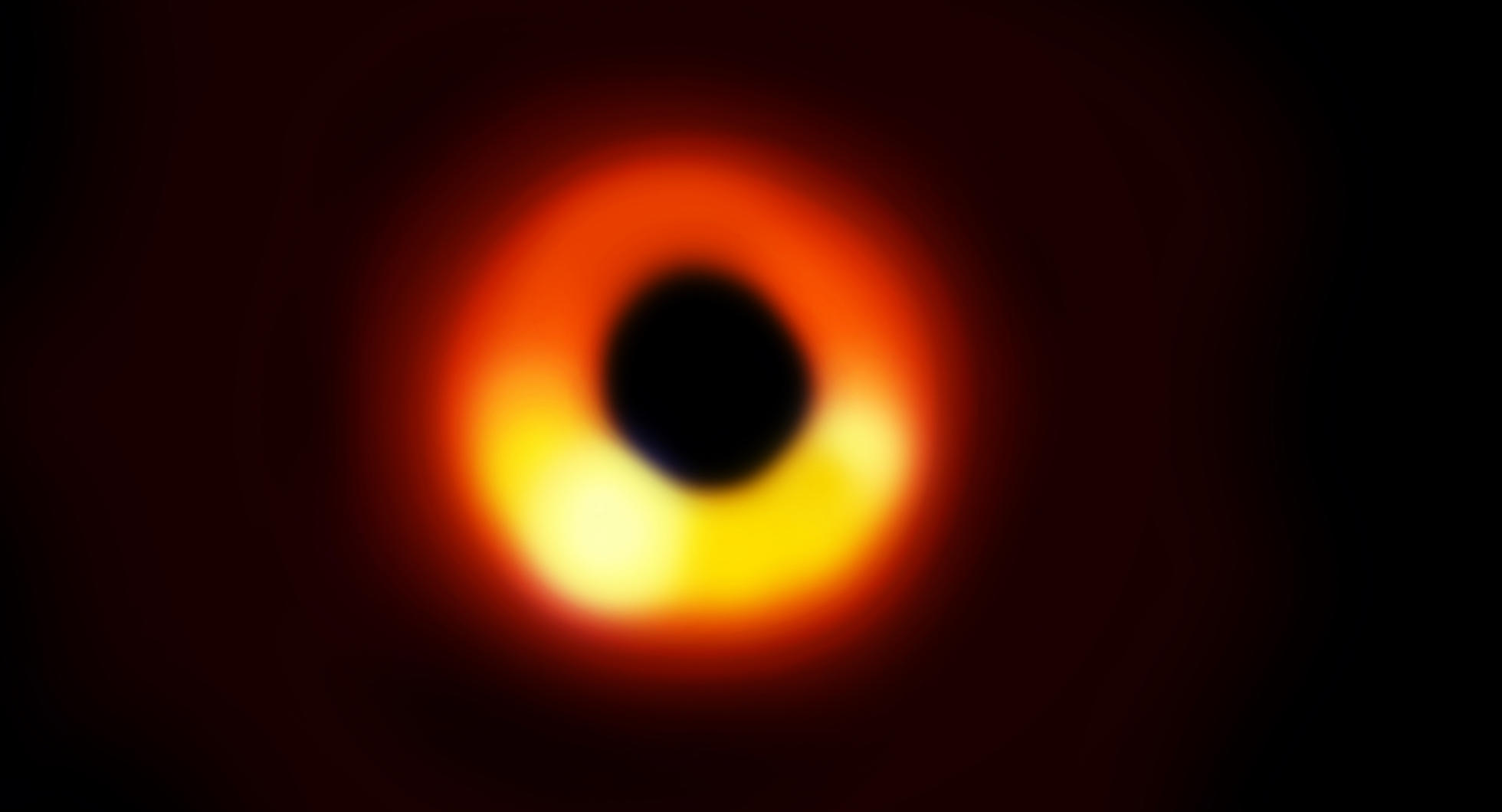NASA’s Mission to Crash into an Asteroid Nears: Here’s How to Watch

For the first time in human history, humans will purposefully crash a spacecraft into Dimorphos, a small asteroid that is nearly 7 million miles away from Earth.
NASA’s Double Asteroid Redirection Test spacecraft (DART) is set to collide with the asteroid that is the moon of a larger space rock, Didymos.
Although these two near-Earth objects do not currently pose a threat to our planet, NASA launched DART last year to test a method that might eventually be used for planetary defense.
When and how can “I” witness the collision?
At 7:14 p.m. Eastern time on Monday, DART is scheduled to collide with Dimorphos at a velocity of 14,000 mph.
At six o’clock in the evening, NASA Television will start broadcasting coverage of this mission’s completion. Or, you can watch it in the above video player.
If all you would like to see is the spacecraft’s stream of photos as it approaches the asteroid, NASA’s media channel will start broadcasting those at 5:30 p.m.
Why is NASA targeting the asteroid?
NASA isn’t just messing about with an expensive, high-tech spacecraft. The agency is fulfilling its responsibilities.
Congress instructed NASA to identify 90% of the near-Earth asteroids with a diameter of 460 feet or more that are big enough to destroy a city by the year 2020.
In addition to looking for hazardous space rocks, the agency is also preparing plans to deal with threats should they occur.
The DART mission is not similar to the Armageddon movie. Generally speaking, it wouldn’t be a smart idea to blow up an asteroid. Instead, the mission serves as a solid demonstration of how projectile contact with an approaching asteroid can cause it to change its orbit.
That slight push might be sufficient for a dangerous incoming asteroid to alter its trajectory from a direct collision to a close call.
What will happen when they crash?
The mission targets Dimorphos, a 500-foot-diameter tiny asteroid that orbits Didymos, a half-mile-wide large asteroid, is the target of the mission.
The two are about 0.6 miles apart, and Dimorphos makes one orbit of Didymos every 11 hours and 55 minutes.
DART will effectively be a self-driving suicide spacecraft that will guide itself to destruction, with mission control at the Johns Hopkins Applied Physics Laboratory in Maryland primarily serving as a spectator.
“You’re moving extremely fast,” said Elena Adams, the DART mission systems engineer. “And at that point, you cannot really send any commands. And so your system has to be very, very precise in how it’s controlling the spacecraft. “
DART’s camera will not spot Dimorphos as a separate dot from Didymos until about an hour before the crash. Then it will adjust its flight path, ending in a glorious collision.
“It is really hard to hit a very small object in space, and we’re going to do it,” Dr. Adams said.
The orbit of the little asteroid will reach that of Didymos, the bigger asteroid, if DART and Dimorphos join as intended. The structure and makeup of Dimorphos will influence how drastic the shift is.
What happens after the collision?
If Dimorphos is solid and DART only creates a tiny crater, the change will proceed according to the basics of a Physics 101 problem—two things colliding and adhering together.
The impact will create a deep crater and release a shower of debris into space, but if Dimorphos is more like a mass of junk held together by gravity, the impact will produce a mound of wreckage. That rockfall will act as the asteroid’s equivalent of a rocket engine’s thrust. In such an event, Didymos will be even closer to the center of Dimorphos’ orbit.
Trying to find out how well it worked will take some time. DART’s destruction will be observed by LICIACube, a partner spacecraft that was launched alongside DART, from a location not too far from the asteroid.
Other satellites, such as the James Webb Space Telescope, the Hubble Space Telescope, and Lucy, a recently introduced mission, will use their instruments to watch the crash from a distance.
Auto Amazon Links: No products found.


